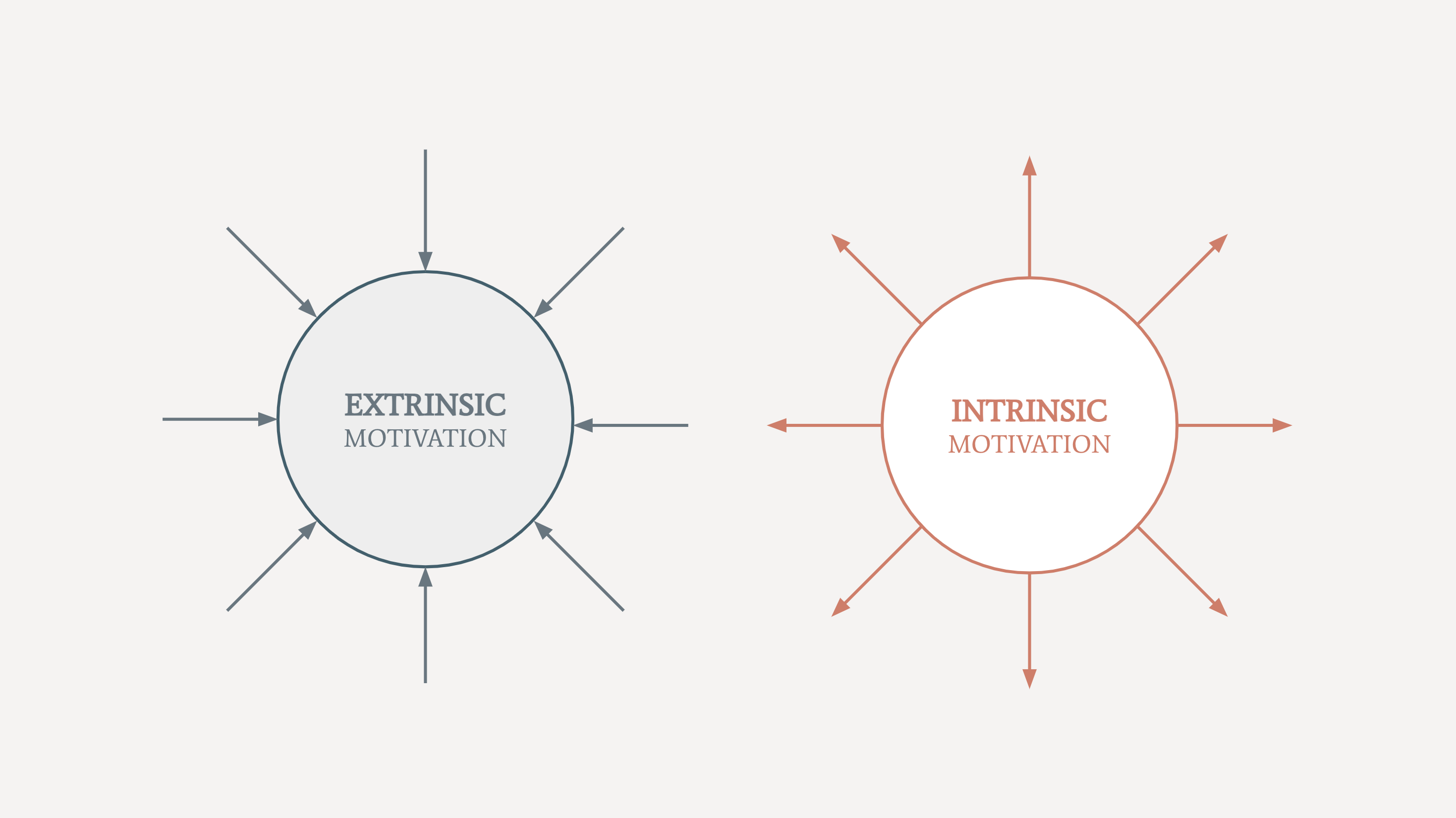behaviors/motivation
OR: The secret geniuses of Wisconsin
OR: The demise of the Optimize Guys
Some apps or websites are beautiful, stylish, and well thought out in terms of UX, but have one problem: they are boring. These products can trigger both desire and resistance in the user at the same time. Here are a few tricks that will help solve this problem not from a rational, but from an
If you want to get anything done, there are two basic ways to get yourself to do it. The first, more popular and devastatingly wrong option is to try to motivate yourself. The second, somewhat unpo…
This is a book summary of Spark by Dr. Jeremy Dean. Read this Spark summary to review key takeaways and lessons from the book.
Reprint: R1405G Even in an age of relentless self-promotion, some extremely capable professionals prefer to avoid the spotlight. “Invisibles” work in fields ranging from engineering to interpreting to perfumery, but they have three things in common: They are ambivalent about recognition, seeing any time spent courting fame as time taken away from the work at hand. They are meticulous. And they savor responsibility, viewing even high pressure as an honor and a source of fascination. Something else unites Invisibles: They represent a management challenge. The usual carrots don’t motivate them; however, managers can take several steps to ensure their satisfaction. Leaders should recognize who their Invisibles are; decide if they want more Invisibles on the team; reward them fairly, soliciting reports on their accomplishments; make the work more intrinisically interesting; and talk to the Invisibles about what works best for them. These actions are well worth taking, as Invisibles not only bring exceptional levels of achievement to an organization but quietly improve the work of those around them, elevating performance and tone across the board.
Here are the 16 human needs as defined by professor Steven Reiss.
[PDF of this article updated Aug. 23, 2011] • [skip to preface] …
These are psychological theories about motivation.
When we want people to change, we typically tell them what to do. But what if we flipped the script and asked them for their wisdom instead? Behavioral scientist Katy Milkman PhD explains the power…
It’s important to understand that when you, as a leader, communicate with your team, using weaker words weakens your message and blunts your ability to inspire people. It’s not enough to just throw thoughts out there and hope for the best. You need to actively recommend ideas and assert their worthiness in all of your communications. For example, consider these “power words”: “I’m proposing (not “sharing”) an idea that will make our process more efficient.” “I’m suggesting (not “sharing”) a new logo that better conveys our brand message.” “I’m recommending (not “sharing”) a campaign to make our workplace more diverse.” Ultimately, audiences respond more actively to big points than to small words, but thoughtful leaders need to assess both, knowing that the more powerfully they come across — even in small ways — the greater impact they have on the people they hope to inspire.
Feeling safe is the magic ingredient to a healthy work environment. In this article Nir discusses novel research on how to eliminate toxic work culture.
The goal is to use extrinsic and intrinsic motivation in concert.
A study on team loyalty among fans shows that club ranking plays an important role in how they identify with one another.
Don’t try to change someone else’s mind. Instead, help them find their own motivation to change.
B J Fogg is a Stanford professor who came up with a simple model of behavior that helps us understand why we take action or not take action at any given moment.
It’s more than just ticket sales. Rich Luker, a social psychologist, studies fandom and why, for example, someone might get a tattoo of their favorite team.
Self-motivation isn’t some mysterious force that you’re born with or without. It’s a skill that can be learned and developed. By understanding the science behind it, you can master the tools you need to stay motivated and make progress on the projects that matter to you.
What Apple, Samsung, and Starbucks learned from Pepsi








:extract_focal()/https%3A%2F%2Fwww.nirandfar.com%2Fwp-content%2Fuploads%2F2019%2F11%2Fvintage_females_toxic_work_culture.jpg)
:extract_focal()/https%3A%2F%2Fwww.nirandfar.com%2Fwp-content%2Fuploads%2F2020%2F05%2Fextrinsic-motivation-terrible-life-choices.png)




